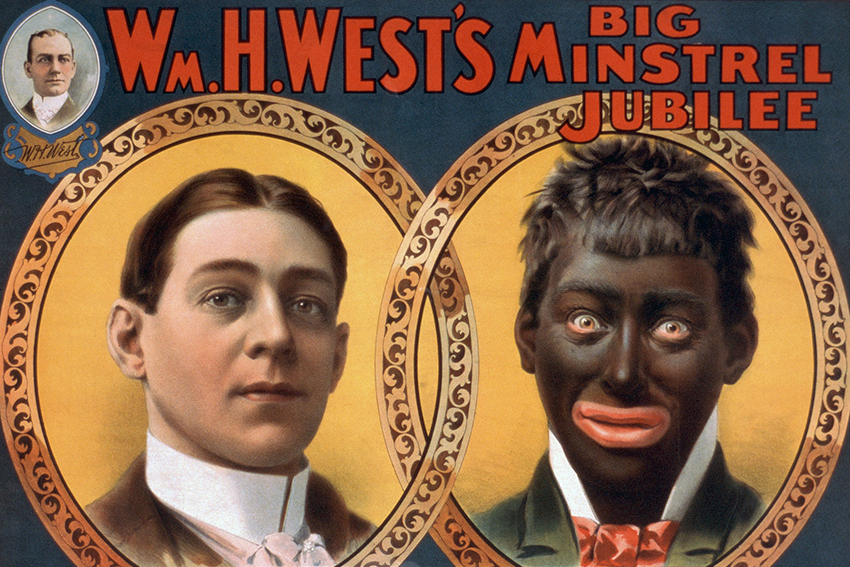Identify and challenge blackface

This Halloween is a good time to identify and challenge instances of blackface and cultural appropriation, Senior Lecturer Elba Ramirez says.
“It is imperative to understand the history of blackface and its multiple negative implications to aspire to build a respectful and inclusive society.”
Ramirez says blackface is a practice where non-Black individuals darken their skin using makeup to caricature Black people. It dates to the 19th century in the United States, particularly with minstrel performances featuring white actors in blackface portraying exaggerated stereotypes of enslaved and segregated Black people.
One of the earliest blackface characters was “Jim Crow”, created by Thomas Dartmouth Rice in the 1830s. This character, together with multiple others, portrayed Black people as lazy, ignorant, hypersexual, and inferior.
“Blackface continues to reinforce racial stereotypes and marginalizes and disrespects Black people,” Ramirez says.
“Although it originated in the United States of America, its harmful impact is recognised globally, with many countries having similar practices believed inappropriate and unacceptable.”
Ramirez says some celebrities and politicians in and outside the United States continue to engage with blackface and even the fashion brand Gucci considered that a sweater resembling blackface was acceptable in 2019.
There have also been instances of blackface in Aotearoa New Zealand. For example, in 2018, Harcourts employees wore blackface at a national event. Another example is that of a student at Auckland’s Westlake Girls High School, who in 2020 shared a selfie in blackface the same day George Floyd was murdered in the USA.
A more recent example is from 2023, when Megan Whitehead, a world champion sheep shearer, shared on Facebook photos of her and a group of friends in blackface with faux dreadlocks and clothing in the colours that resembled the Jamaican flag.
“If you are unsure what other examples of cultural appropriation and or mockery exist in Aotearoa New Zealand, think of the times you have witnessed parodies of a haka or times when it is performed disrespectfully,” Ramirez says.
“Think of when some individuals use makeup and wear clothes to appear ‘Asian’, often accompanied by behaviours that are stereotypical. Also, think of when people dress up in stereotypical costumes that mock Middle Eastern and African cultures during themed parties or events.
“These types of dressing up often occur on Halloween.”
A free webinar will be held on October 25 at midday for anybody who would like to learn more about the historical and contemporary implications of the ‘blackface’ movement.
The webinar is open to the public and will be presented by Dr Gérald Côté of Laval University and Senior Lecturer Elba Ramirez. It is part of AUT’s International Studies Webinar Series and is put on in association with RITUAL.
“AUT’s International Studies programme is for people who care about what is happening in the world, and aims to bridge the gap between academia and the community,” Ramirez says.
Click here for more information on the free webinar and to register your attendance.